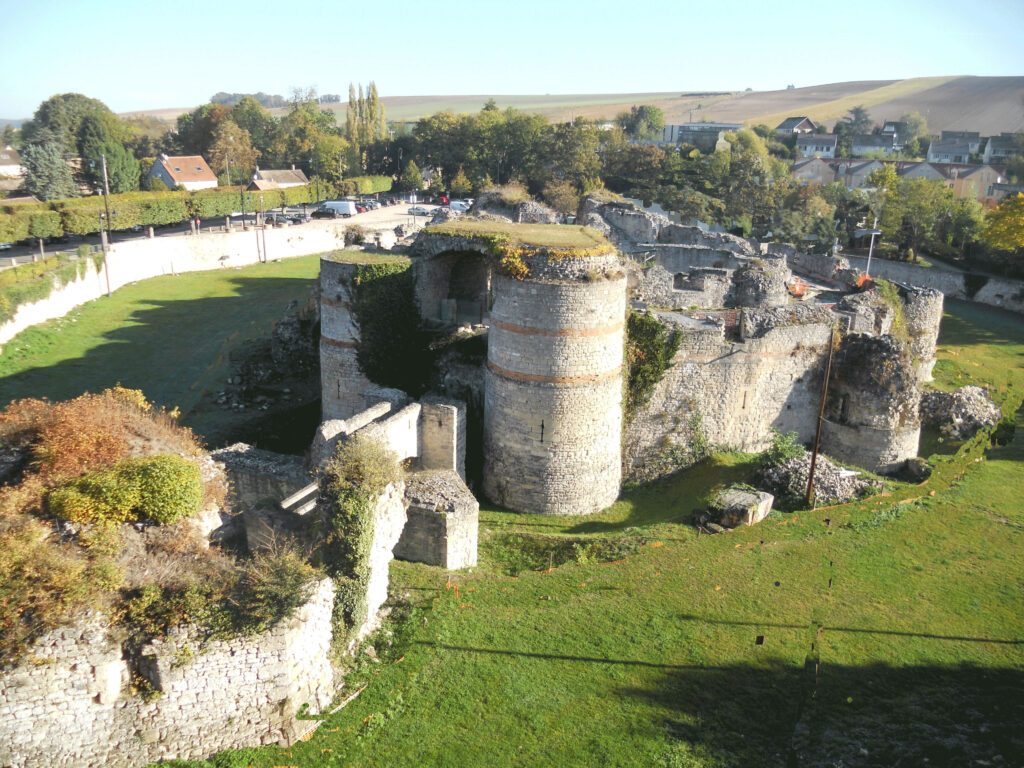Cultural Yvelines
On the road to the Yvelines castles
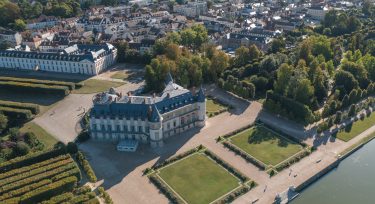
Let’s take a look at 12 sites with distinct and astonishing characteristics that you can observe and/or visit in the area. We promise you a journey back in time, to discover an exceptional cultural and architectural heritage!
Château de Dampierre-en-Yvelines
At the gateway to Paris, in the heart of the Chevreuse Valley and close to Versailles, enjoy 90 hectares and a wide range of activities in the Yvelines. Spend some time with your family, partner or friends in the footsteps of the kings and queens of France!
Guided tours, an exceptional park and gardens, free admission for under-18s, enjoy a moment of relaxation in the heart of nature in the Paris Region.
Address : 2 Grande Rue, 78720 Dampierre-en-Yvelines
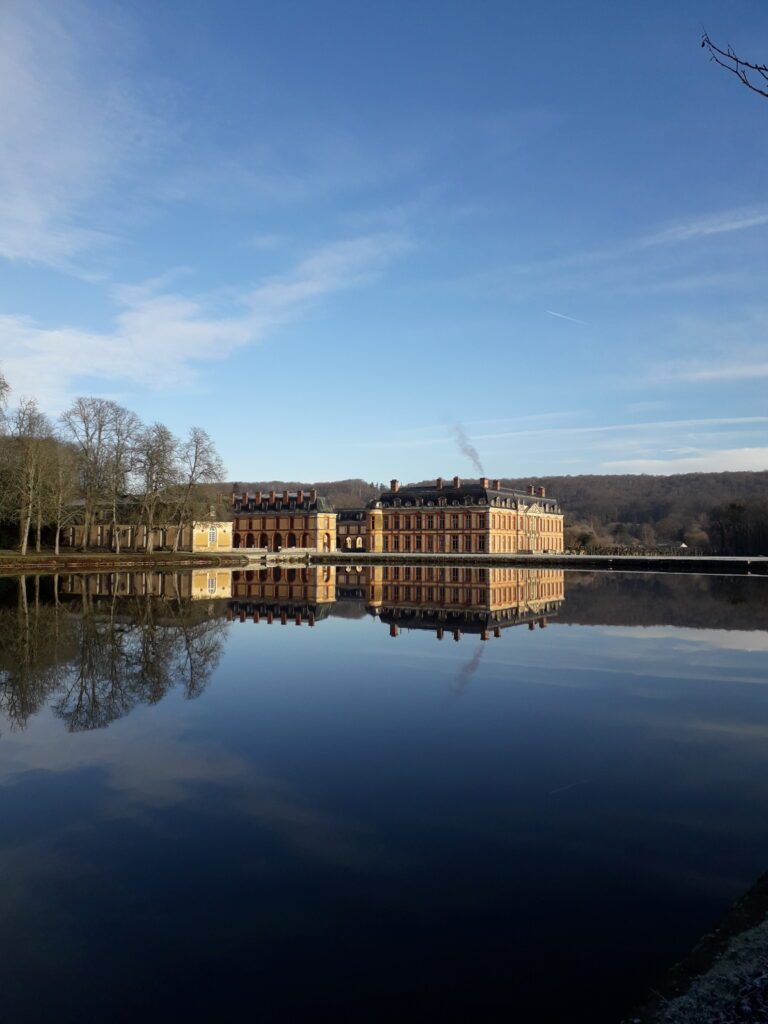
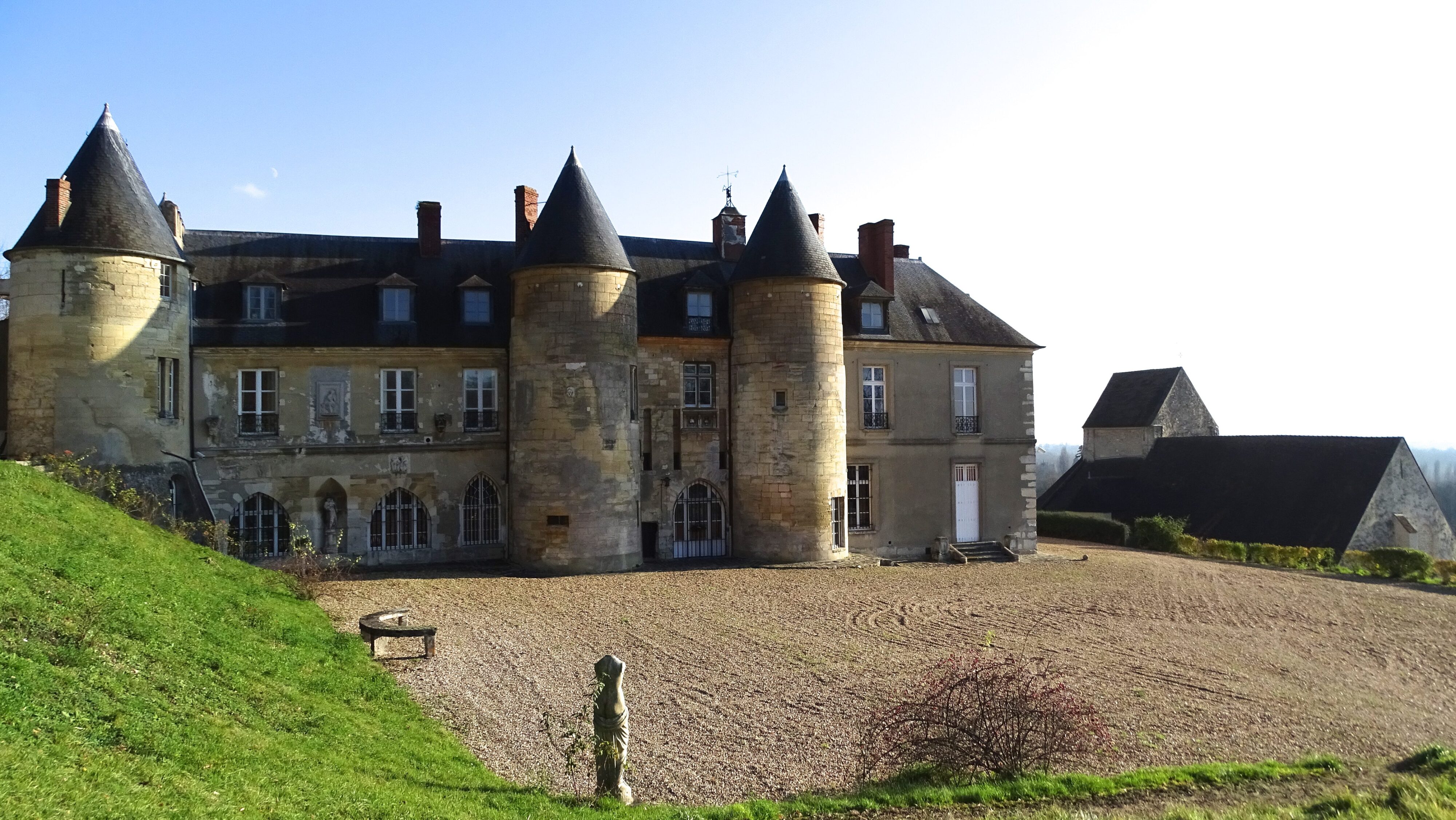
Château de Vaux-sur-Seine
Constructed at the request of Olivier Le Daim, the building has stood the test of time, and has undergone many changes, as evidenced by its original architecture. Changes in ownership fragmented the estate over time, causing it to gradually lose land. Today, the Marochetti family owns the estate. If you’re familiar with the name, it’s thanks to the illustrious sculptor Carlo Marochetti, who lived in the castle, adding even more prestige to this monument.
Address : 1 chemin du château, 78740 Vaux-sur-Seine
Château de Maisons
Located in Maisons-Laffitte, the château is a true work of architecture. Designed by the illustrious architect François Mansart, the building is a perfect illustration of 17th-century French classical architecture. Many renowned owners have succeeded one another. Over the years, the château lost its outbuildings. This was the first large “open” château, with its central vestibule and open staircase. Designed to accommodate the king after hunting, the Château de Maisons was completed in 1651.
Address : 2 avenue Carnot, 78600 Maisons-Laffitte
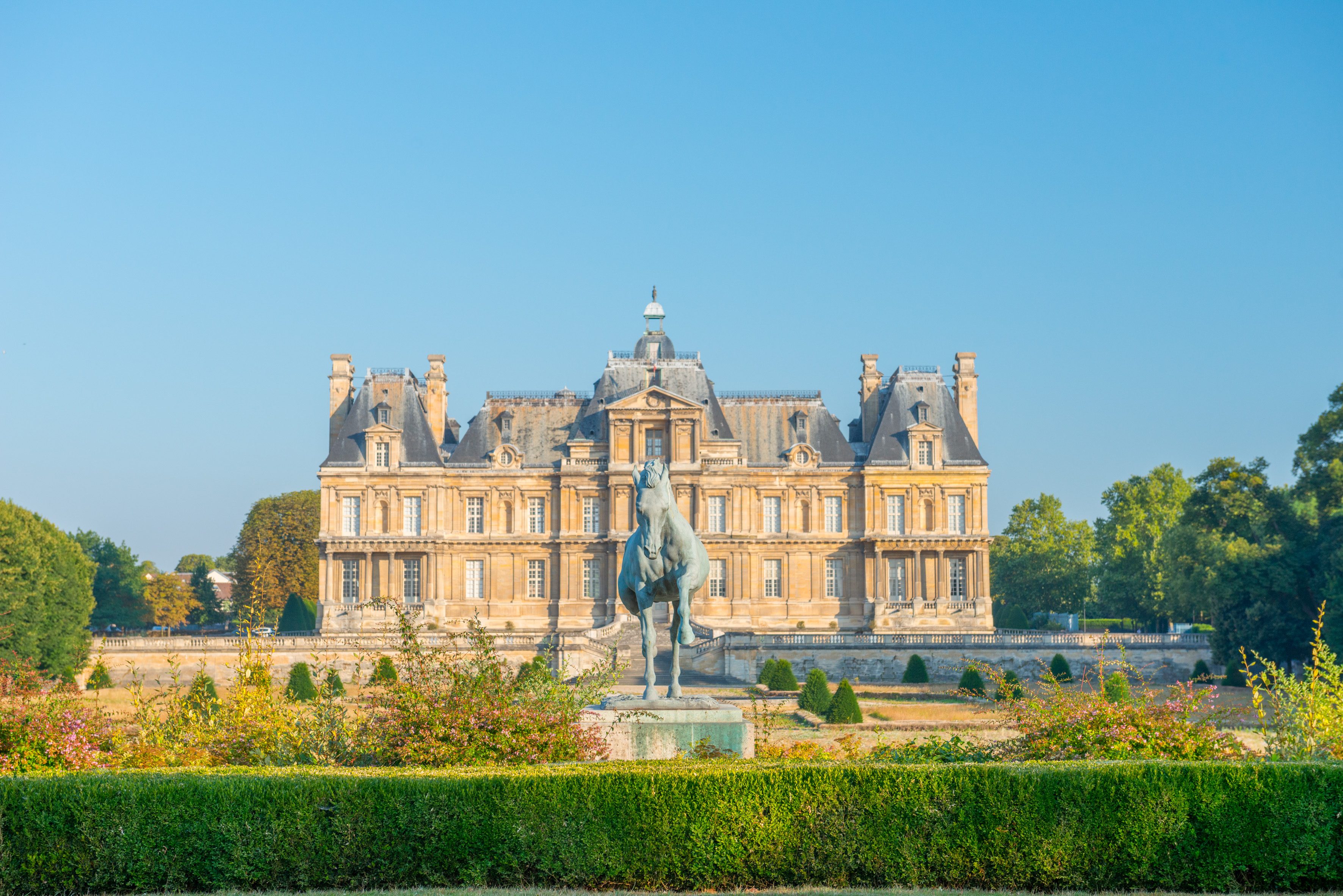
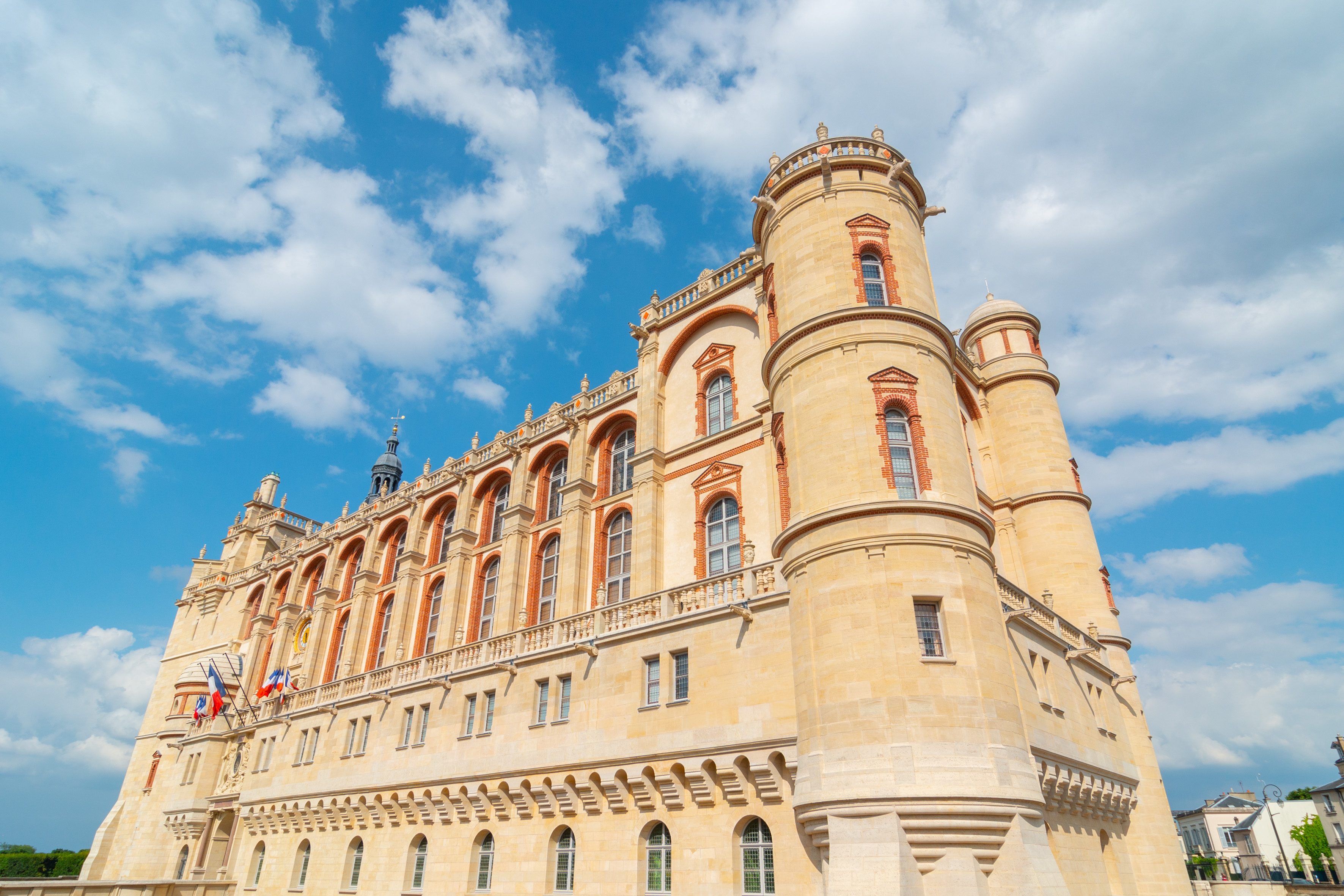
Château de Saint-Germain-en-Laye
Built in 1122, the château began its epic history with François I. However, another man left a lasting impression. Louis XIV was born here in 1638. The castle thus became a royal residence, the seat of the kingdom’s government. The Sun King entrusted the creation of the flowerbeds and gardens to the famous gardener Le Nôtre. The château was subsequently neglected and gradually abandoned. Napoleon III then decided to restore it to house a museum of Celtic and Gallo-Roman antiquities. The château is still home to one of Europe’s largest archaeological collections, the Musée d’Archéologie Nationale.
Address : Place Charles de Gaulle, 78100 Saint-Germain-en-Laye
Château de Monte-Cristo
The Château de Monte-Cristo evokes the creative imagination of Alexandre Dumas, who had it built in 1846 by architect Hippolyte Durand in a nine-hectare park at Port-Marly, following the success of The Three Musketeers and The Count of Monte Cristo. There are plenty of surprises in store for you… Take advantage of the estate’s open-air, guided or theatrical tours all year round!
Address : Chemin du Haut des Ormes, 78560 Le Port-Marly
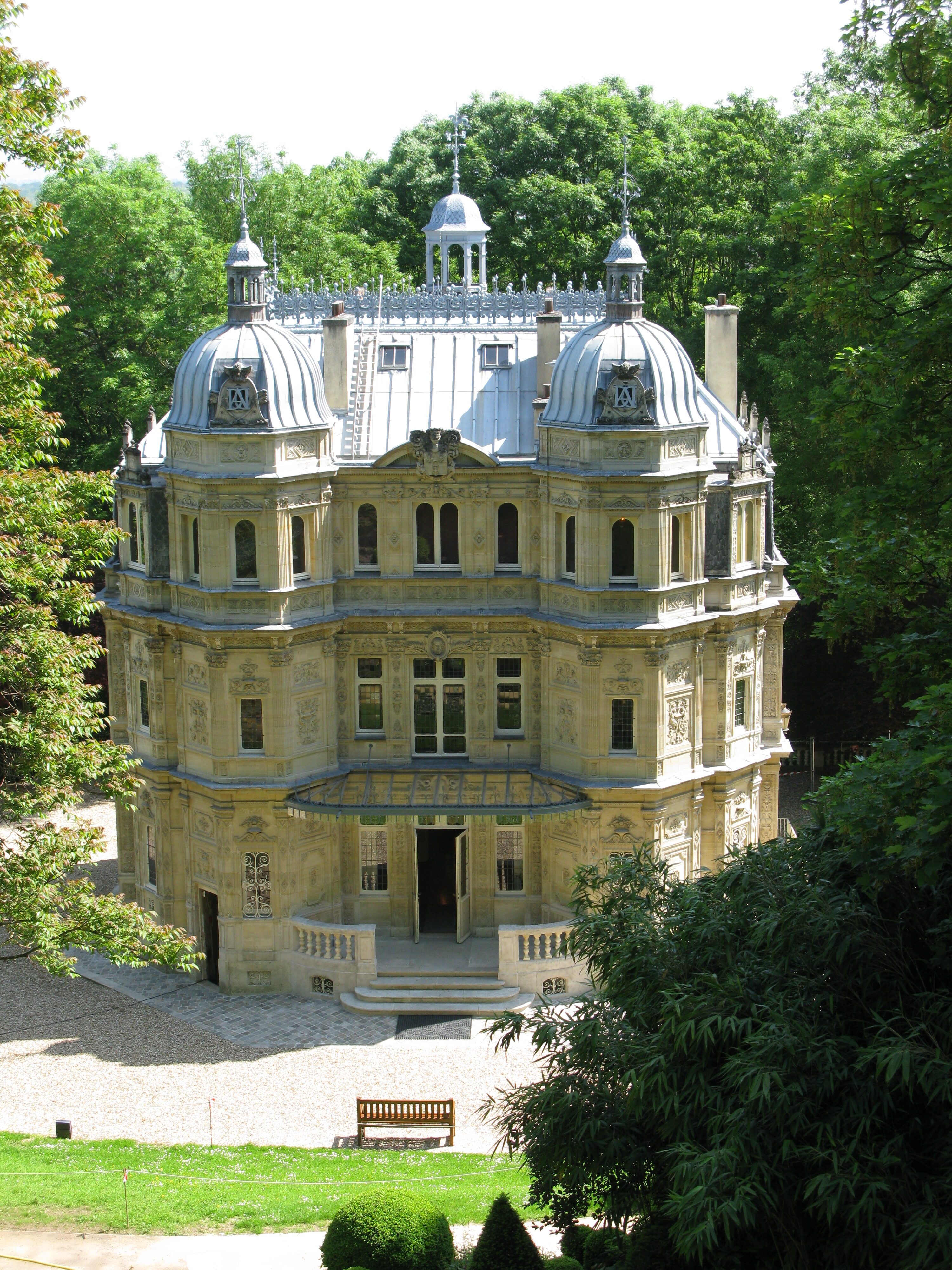
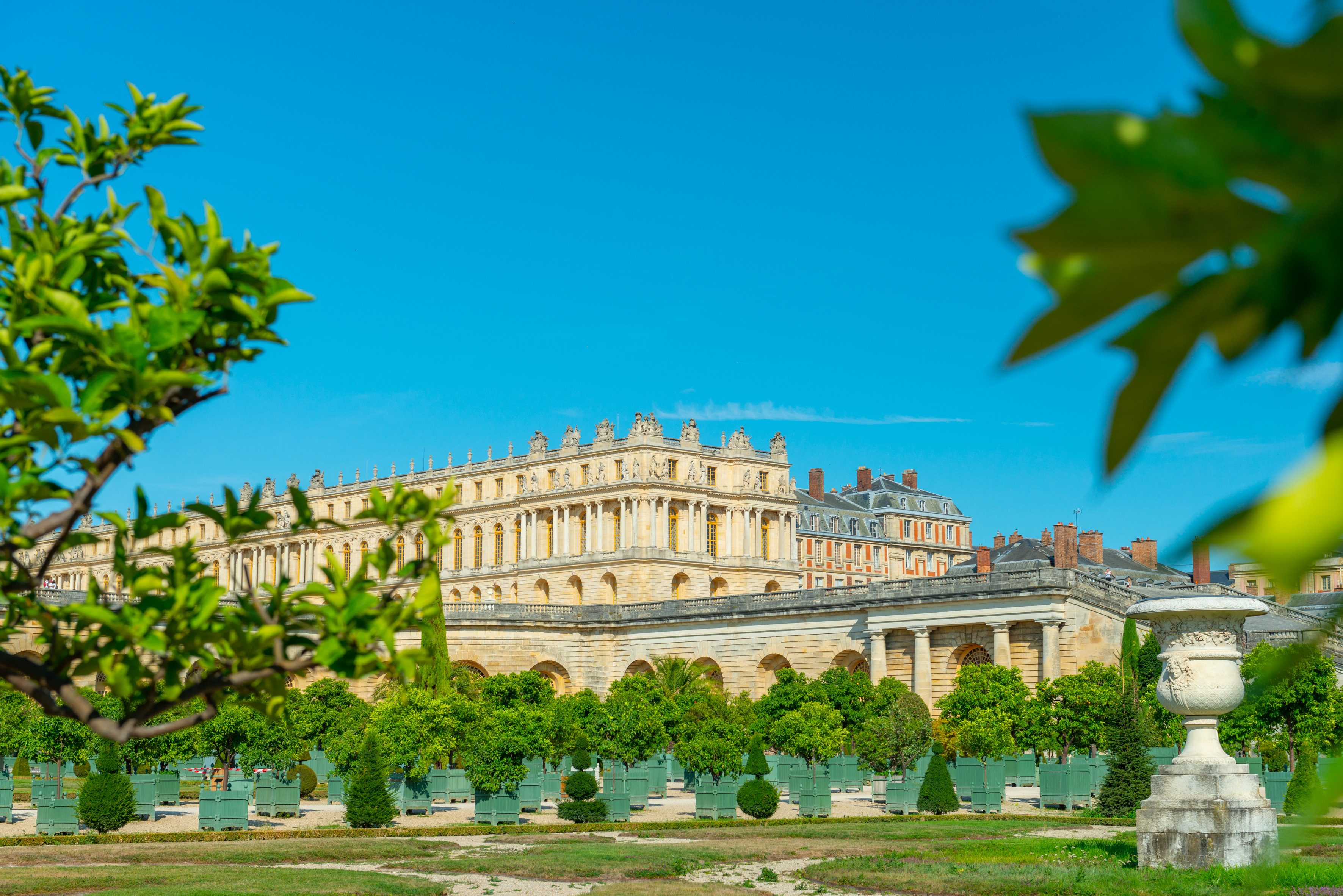
Château de Versailles
Formerly a hunting lodge built by King Louis XIII, the Château de Versailles was transformed and enlarged by his son, Louis XIV, who made it the seat of his royal power. The sovereign called on renowned architects and artists to create this royal residence in the classical style. These include the famous architect Louis le Vau, gardener André Le Nôtre, architect Jules Hardouin-Mansart and painter-decorator Charles Le Brun. Over the course of history, the château was embellished and transformed by successive sovereigns, right up to the French Revolution.
Address : Place d’Armes, 78000 Versailles
Château de La Madeleine
This fortified castle, built between the 11th and 14th centuries, dominates the Yvette valley with its majestic stature, comprising a rectangular keep and ramparts with towers. The famous French poet and playwright Jean Racine stayed here in 1661 and supervised the work to modify the keep. The path leading to the château still bears his name! The Château de la Madeleine was subsequently added to the Supplementary Inventory of Historic Monuments in 1948.
Address : Chemin Jean Racine, 78460 Chevreuse
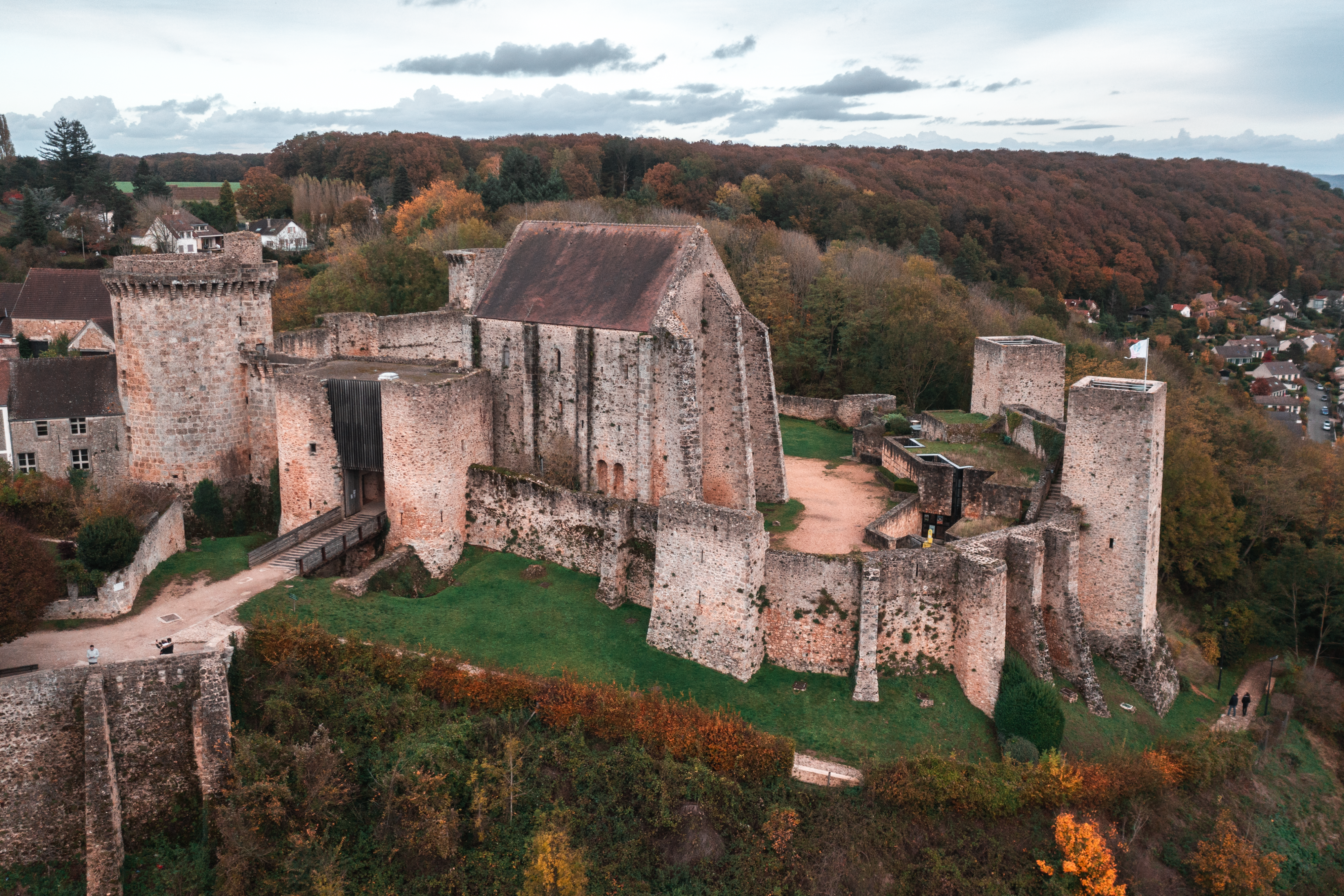
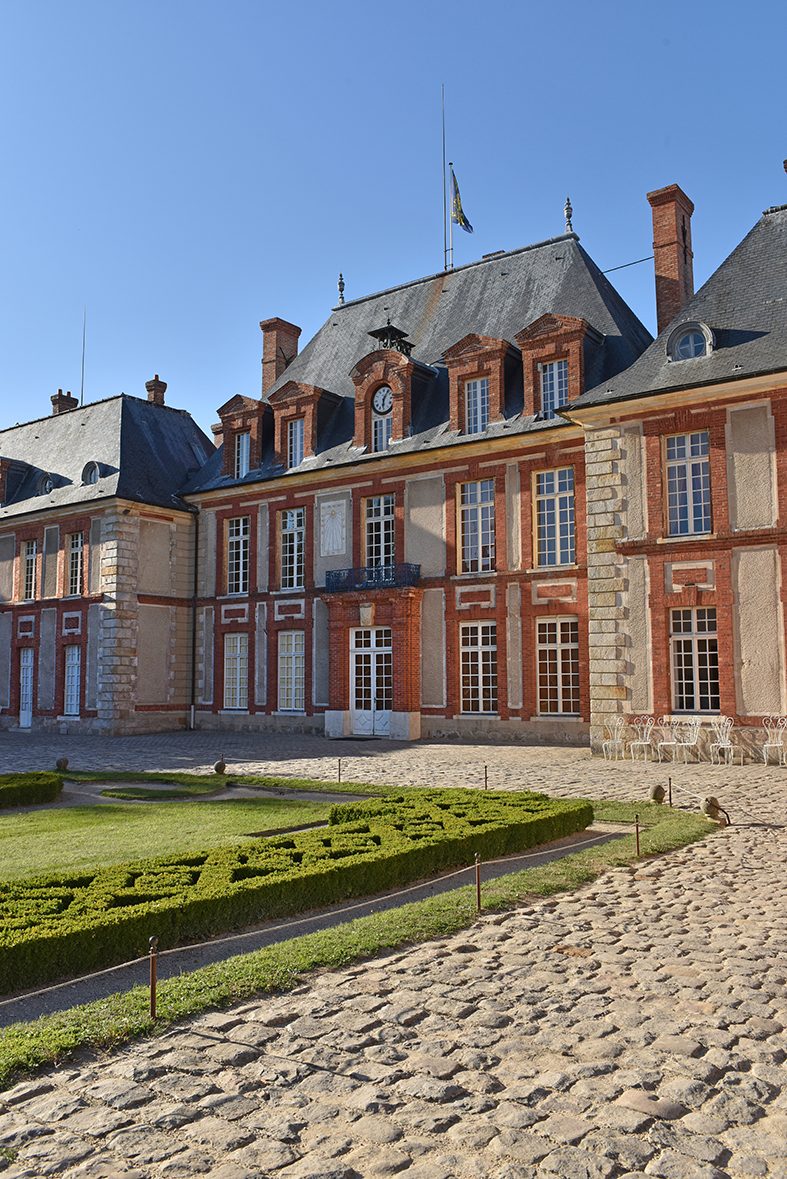
Château de Breteuil
Located in the heart of the Chevreuse Valley, the Château de Breteuil invites you on a journey that combines history and imagination. Inside the building, two worlds coexist perfectly. First, a regal decor, with rooms furnished as they were in the past, for a residence that has been occupied by many celebrities, as well as wax figures designed by the Musée Grévin waxworks museum. And then a fairytale setting featuring the works of Charles Perrault. The animated tour is sure to please young and old alike! The estate’s remarkable gardens are also well worth a visit.
Address : Château de Breteuil, Choisel, 78460 Chevreuse
Château de Rambouillet
Formerly a fortified castle, the building was gradually transformed until it became a pleasure residence. Since then, it has retained its bastioned outline and 14th-century keep. At the time, the estate, set in over 20,000 hectares of woodland, was a popular hunting ground for kings. Numerous events have taken place here, and many of France’s great men have stayed here, including Louis XVI and Napoleon I. The estate later became a presidential residence, welcoming foreign heads of state invited to France. During your visit, you’ll discover stunning interior decorations, such as those in the Marble Room, as well as 18th-century oak panelling and Neo-Pompeian decor from the 1st Empire.
Adrdess : Domaine national de Rambouillet, 78120 Rambouillet
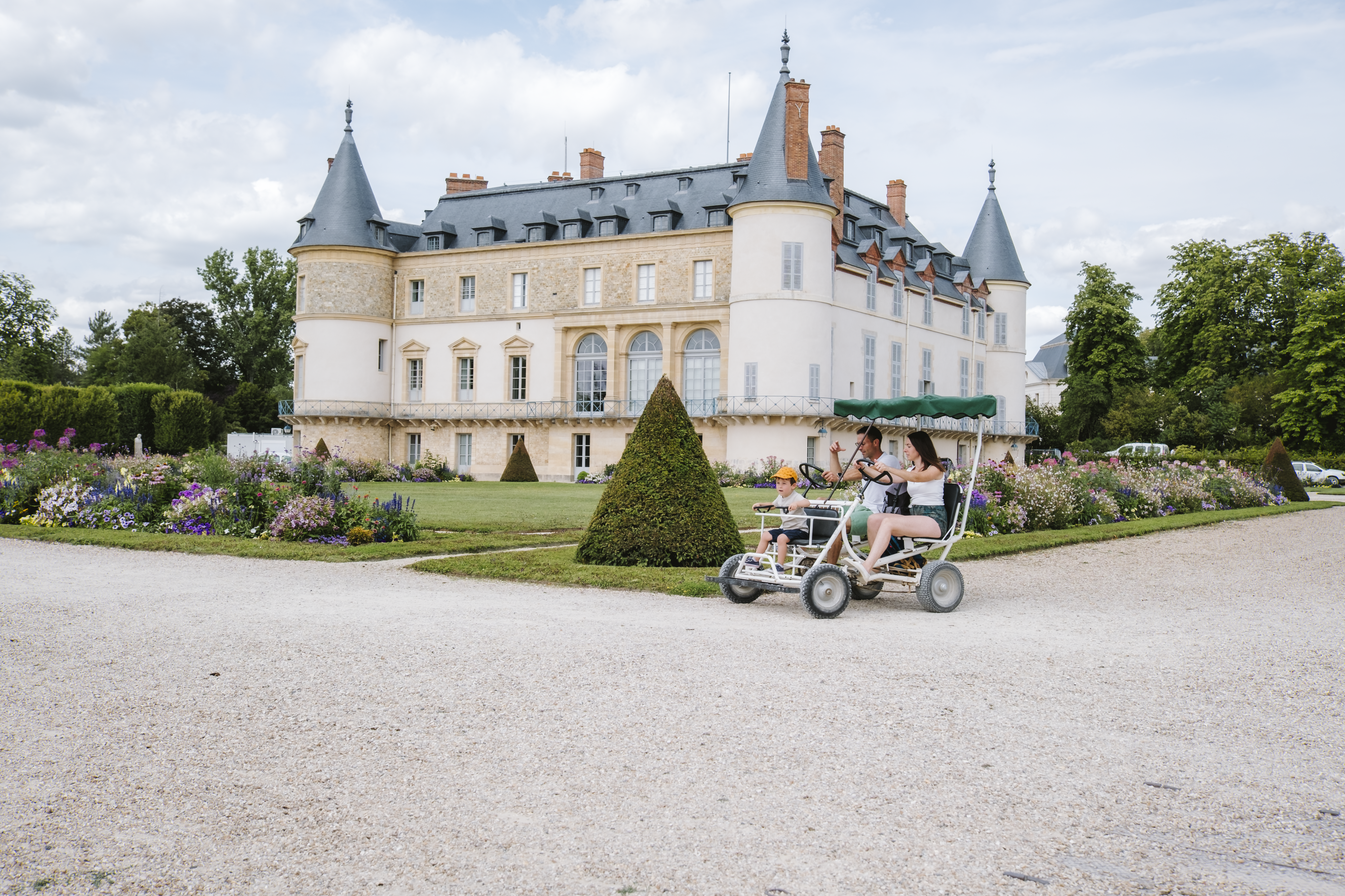
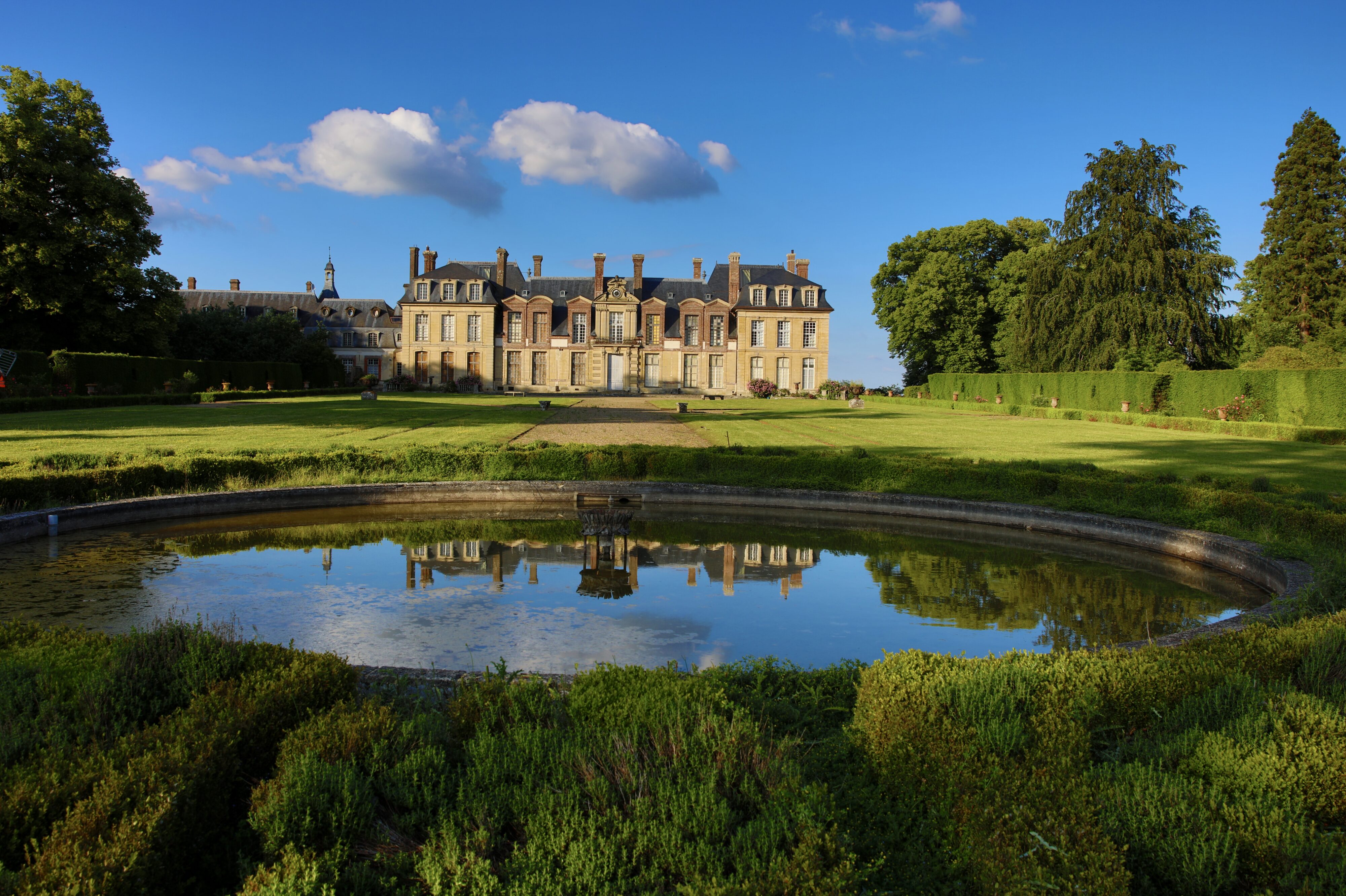
Château de Thoiry
Thoiry isn’t just a zoo and safari park…it’s above all a château. Built in 1559, the edifice was created as the pivot of a solar calendar, complete with dial and hands. Managed by the same family for 400 years, the château has been open to the public since 1965. The safari park welcomed its first visitors 3 years later. The château’s gardens are also well worth a visit.
Address : Rue de Versailles, 78490 Montfort-l’Amaury
Château de Beynes
The Beynes fortified castle dates back to the 11th century. Situated on the banks of the Mauldre river, the château occupied a strategic position, particularly during the 100 Years War. In 1553, the château passed to a renowned favourite, Diane de Poitiers. She had a new home built for her royal lover Henri II. In the 18th century, the abandoned château was transformed into a stone quarry. In the 1960s, the ruined site was truly in peril. Following its purchase by a private owner, extensive restoration work began. Subsequently, the château became the property of the town, which took on the task of saving the estate. The site was classified as a Historic Monument in 2013 and is now benefiting from a rehabilitation plan.
Address : 26 Rue de la République, 78650 Beynes
